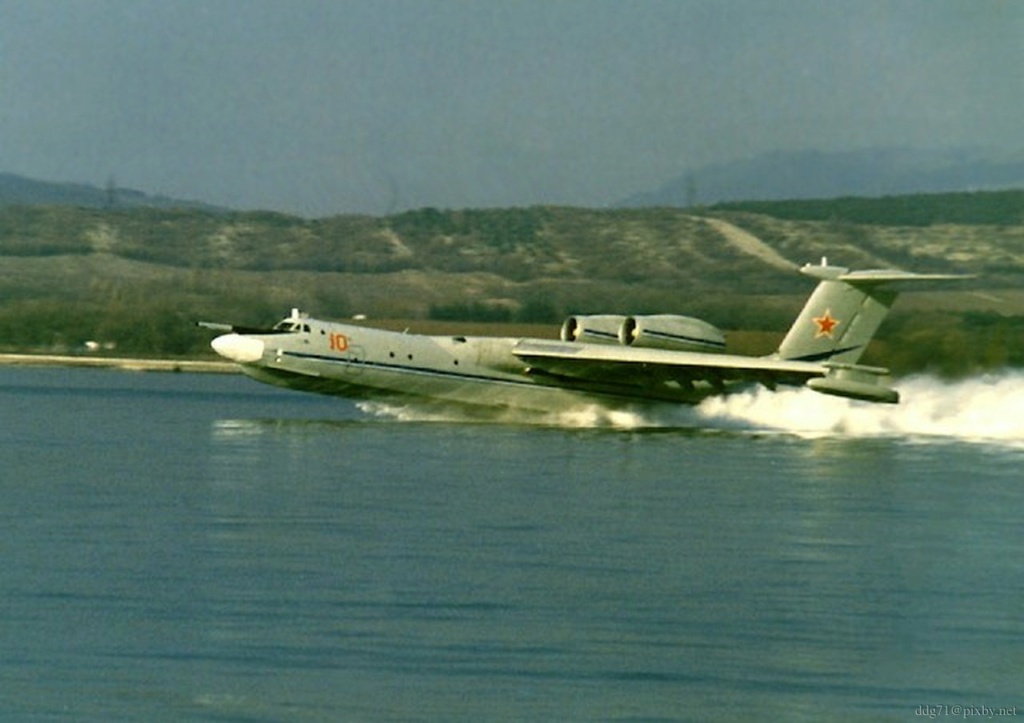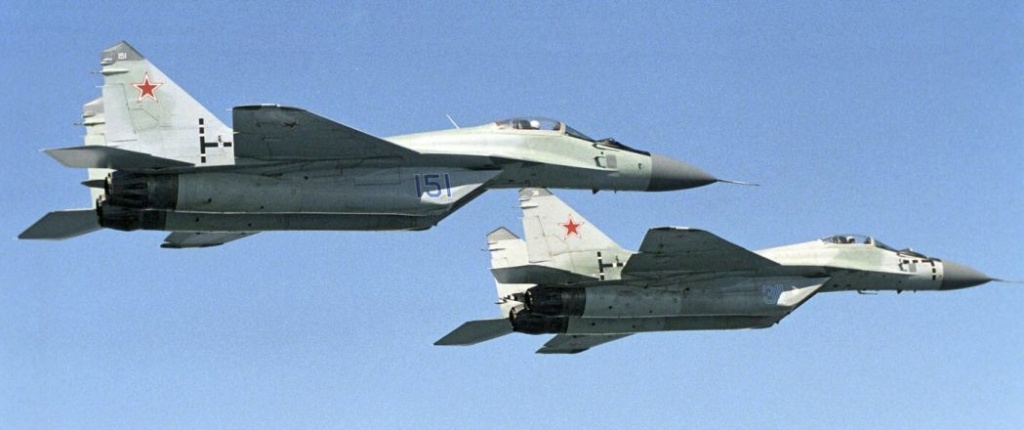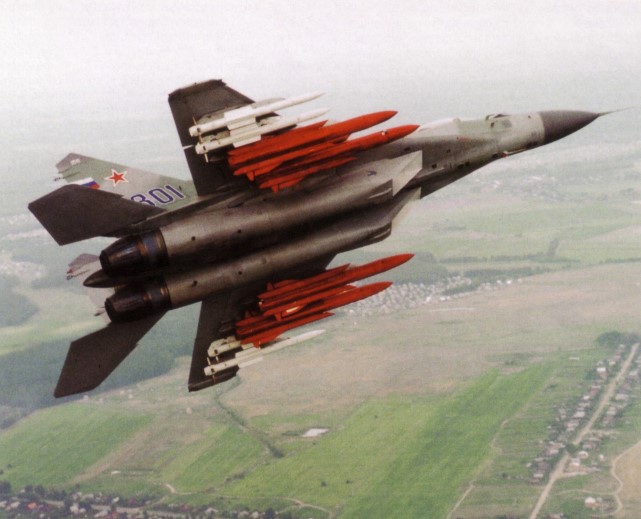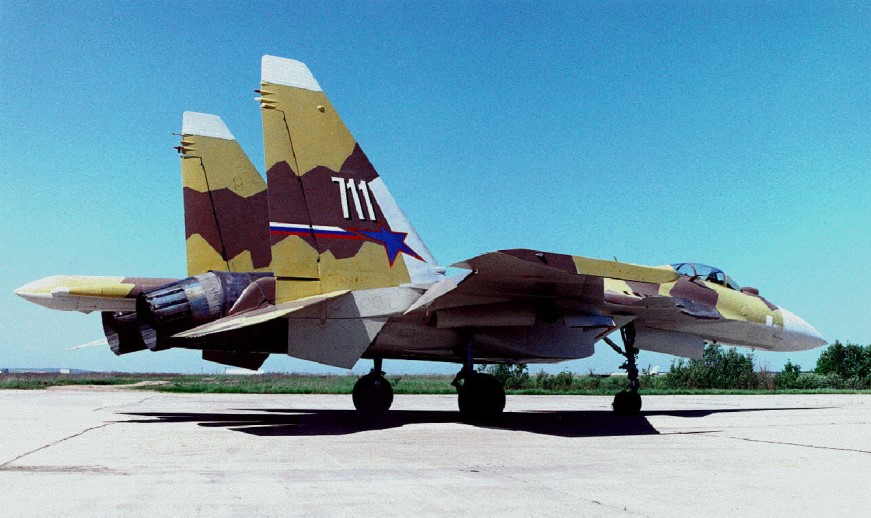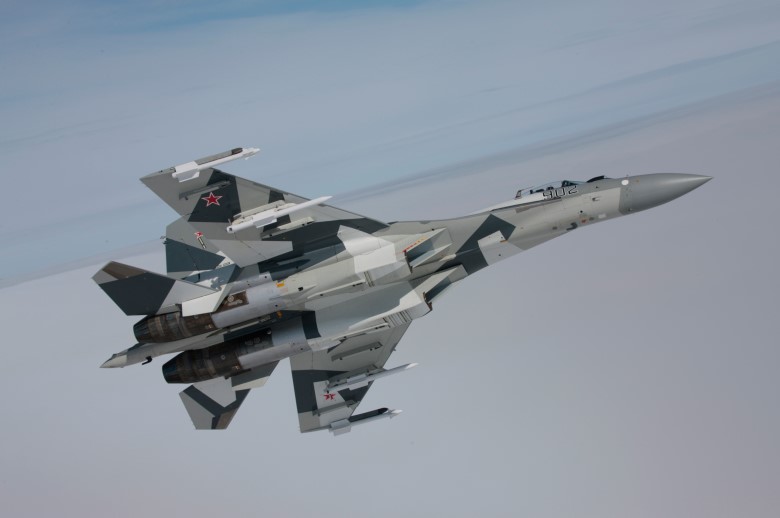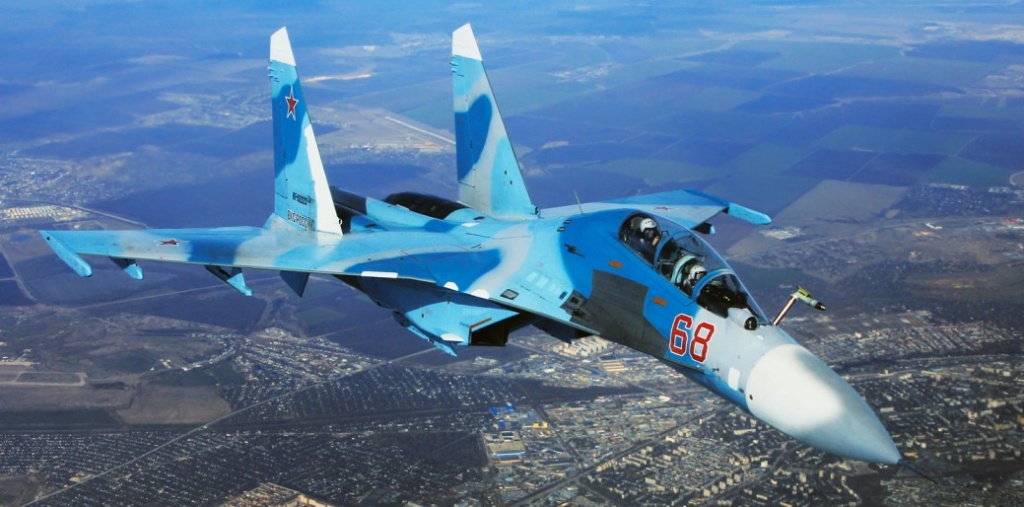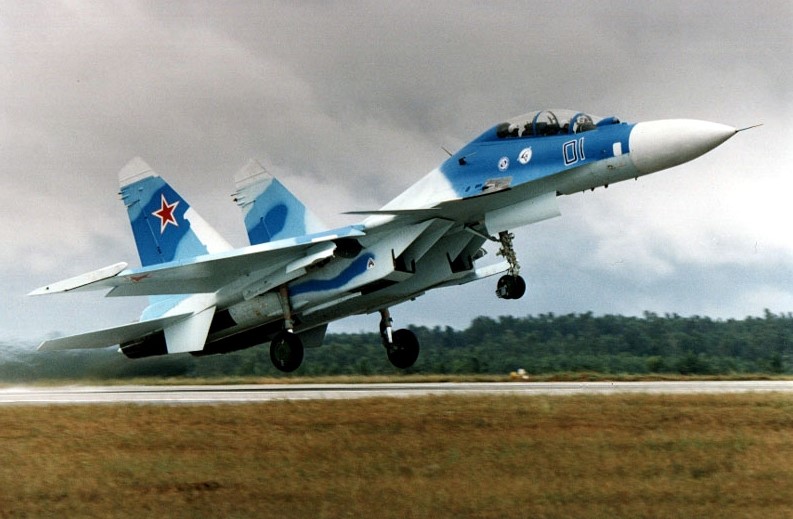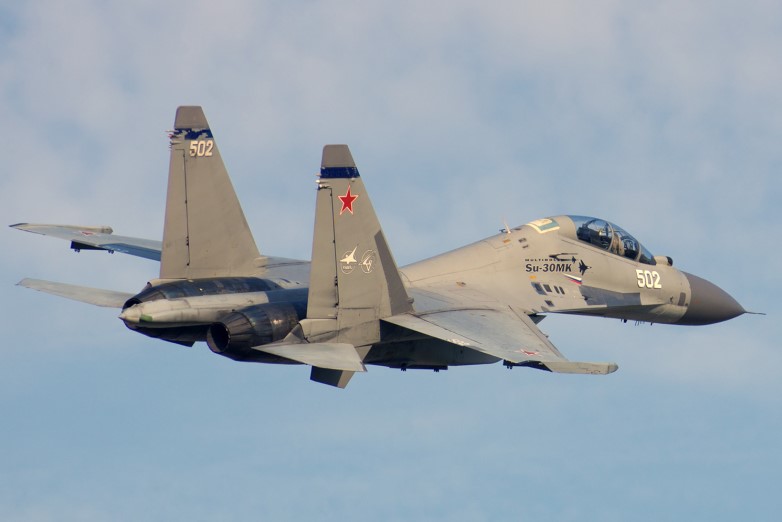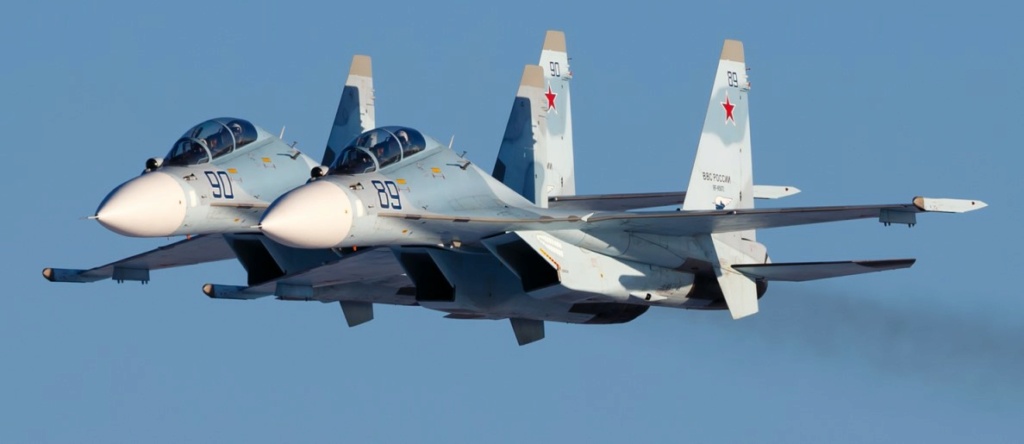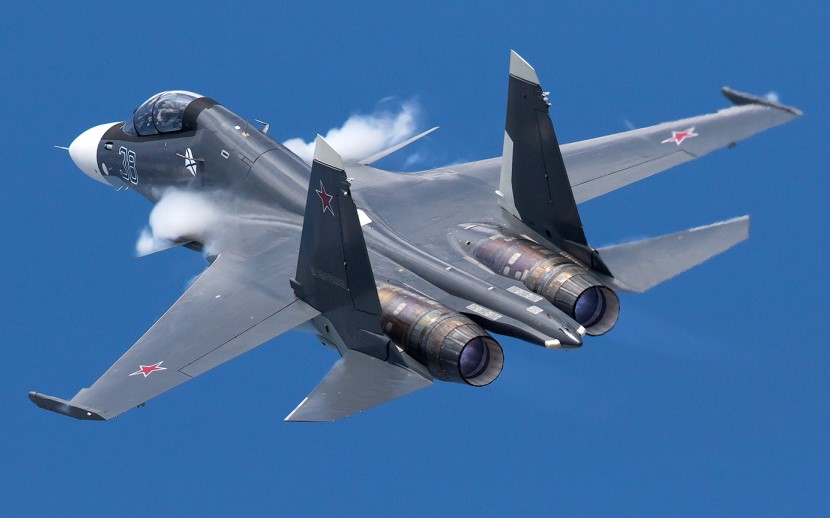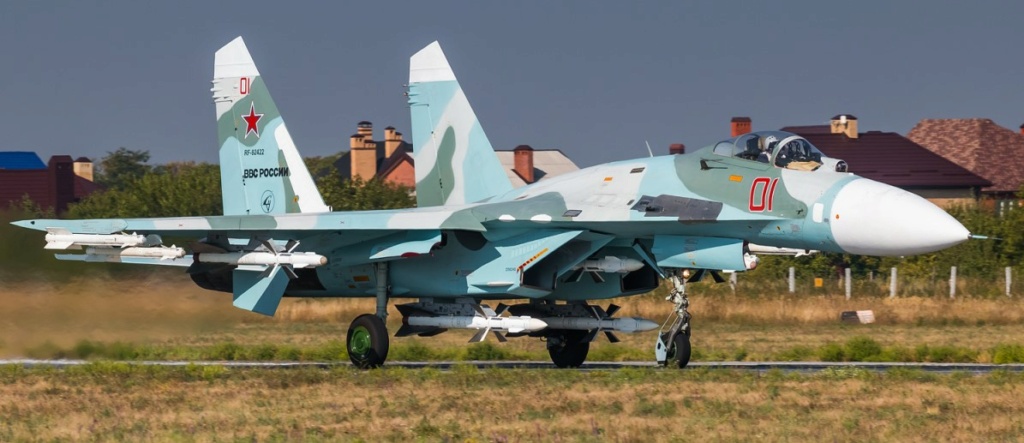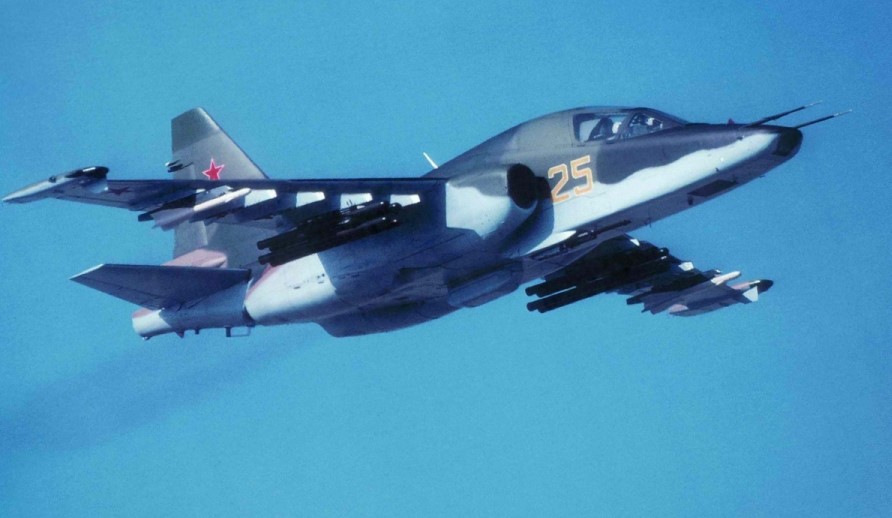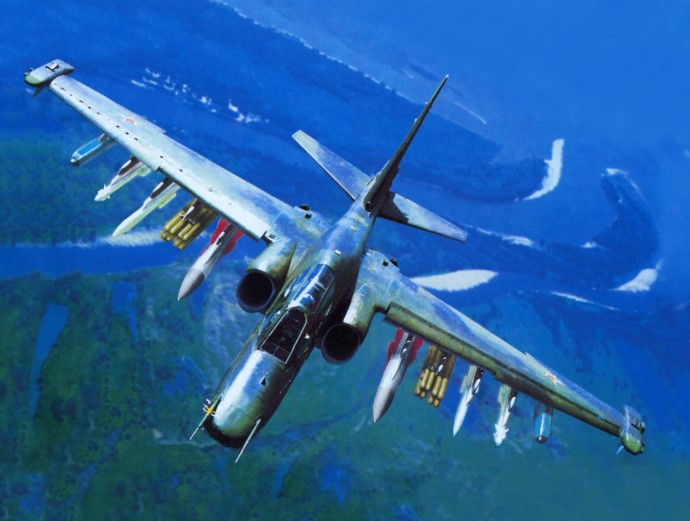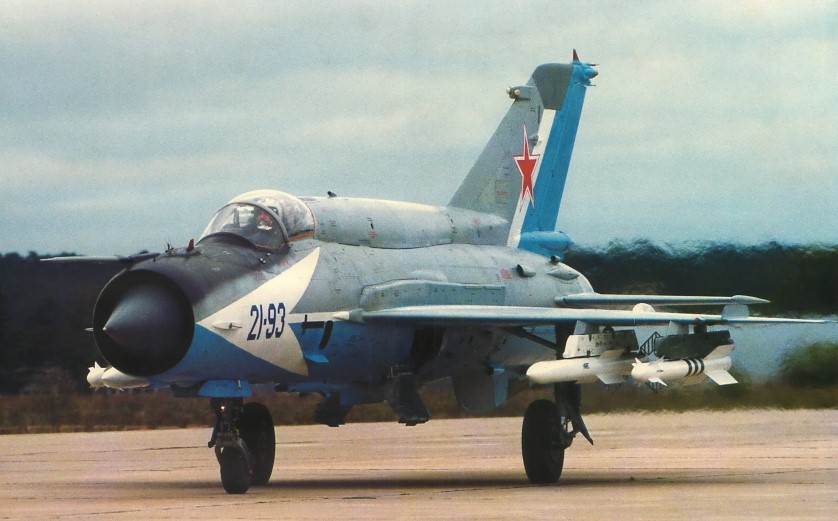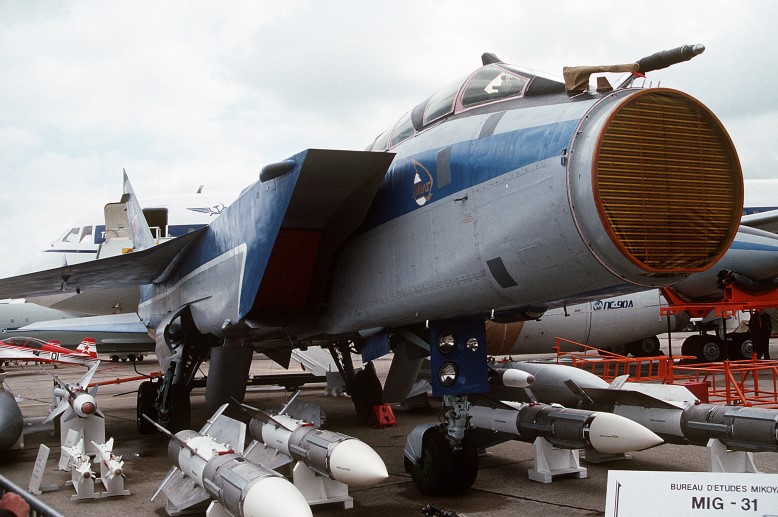Yes we've been around the block with this one a couple of times but I'm sorry your idea is never going to fly. Trying to turn a brilliant attack helicopter into a interceptor is a very bad idea.
Which just shows you have not really been paying attention... I only ever mention the air to air capacity of the Ka-52K when people say that they need an air to air capacity for the helicopter carriers.
The best air to air capacity for their navy comes from proper fixed wing aircraft carriers and making half arsed pocket carriers with VSTOL fighters is the dumbest idea ever because it works out to be a significant fraction of the cost of a real fixed wing carrier with none of its capacity.
A helicopter could take off with four AA missiles loaded... perhaps R-27E missiles for their extra engine power to shoot down significant threats and a four pack if Igla-S missiles for engaging drones in close to the ships, but most of its time will be attacking and finding ground targets.
On land the MiG-29 and the Su-27 worked together, with the Su-27 having the reach to intercept threats well away from friendly areas, while the MiG-29 operated on or near the battlefield hitting air and surface targets as required... I would modify that to say that drones are such a threat that dedicated small drone helicopters with perhaps 2 x 7 shot 80mm rocket pods with a total of 14 laser homing 80mm rockets would be ideal for dealing with drones in the air or on the surface around ships under way or moored off the coast where a landing is taking place.. a Ka-52K with airburst 30mm cannon shells would be rather good for the job too, but obviously only when threats were detected... helicopters would deal with drone attacks better than fighters, but then fighters would deal better with a range of other threats like enemy aircraft and enemy missiles and small surface craft.
In many situations the aircraft might not even launch anything and are only there to detect the presence of a threat so a surface ship could engage with TOR or Pantsir missiles or 30mm cannon shells or indeed 57mm or 76mm or even 100mm cannon shells.
The point is that the Yak-141 is a fast jet and a supersonic VSTOL fighter is like using a MiG-35 or Su-35 to do the job of the Su-25... in real operation a VSTOL fighter does not fly all the time in the hover... it is just not fuel efficient and hard on the engines so most of the time it wont be flying around like a helicopter could, which actually makes the helicopter better for dealing with small and tiny drone threats.
Bigger air threats can be dealt with using conventional aircraft like the MiG-29K and Su-33... and their 5th gen replacements seem to be on their way.
There wont be any situation where the Russian Navy will think... hey... we need a helicopter carrier here but it is not important enough to send the Kuznetsov too.
They will act as a group so fixed wing supersonic fighters will be available.
Why go the expense and cost to make a supersonic fighter (which you already have) into a helicopter (which you also already have).
BUT they will be very soon.
So if they are going to be replaced by supersonic drones why bother wasting money making a manned version?
When designing something you need to take a lot of things into consideration if the platform is going to be manned, so taking the man out of the equation greatly simplifies the design and makes it much much cheaper.
When the problem is to have a plane that can fly 16,000km you don't start by saying... hey the Tu-95 can fly that far now... lets just take the people out and we have the drone we need, because the Tu-95 is expensive and huge even without people on board.
That is a very narrow description. Even the modernized Ivan Gren design would be able to operate VTOL aircraft.
Its purpose is to land large forces of Naval Infantry, and their armour, and it does this with landing craft (conventional and hovercraft), and with helicopters.
Putting air defence fighter aircraft on board would take up valuable space better used for things that wont be carried on accompanying ships.
The Turks even intends to operate theirs as a dedicated drone carrier but it can be used in many other roles.
They are not allowed F-35s and their V-22s are dogs too... the air compliment shown on that ship probably costs more than the ship both to buy and to operate.
Another project was a deep upgrade of the Mig-29M which would have resulted in a much larger 5th generation fighter aircraft with canards. (Sounds like the Mig-1.44!?)The idea was to upgrade the aircraft in three stages and was known as the Mig-29M1/M2/M3. This project has little in common with the later Mig-29M2.
No, it was a scaled up (physically bigger) MiG-29 but with canard foreplanes fitted to allow it to better compete with the Su-27 on the international market... they called it MiG-35 for a bit but had nothing to do with the MiG-35 we know today...
The main change from the original MiG-29 to the MiG-29M was that the latter was wielded and had sealed internal compartments so with the newer aircraft you could put piping to a section and fill it with fuel, whereas in the older aircraft you had to put a fuel tank in there because filling it with fuel and the fuel would leak out between the panels. The newer aircraft had much more internal space for fuel and of course was a lot lighter.
You can tell the old MiG-29M and MiG-29K from the current MiG-29M MiG-29K and MiG-35, because the new aircraft all have two seat canopies and full sized radars and are fully operational whether single or two seat.
With the old MiGs the airframes for the single and two seat models were different, and the two seaters were really only good for training... but were also rather cheaper.
There was nothing wrong with the MIGs... it was just a time when there wasn't enough money to fund having the high and low mix of aircraft... the intent of the low fighter is to allow the country to operate significant numbers of aircraft without spending too much money like you would if they were all big expensive aircraft.


 Rodion_Romanovic
Rodion_Romanovic

